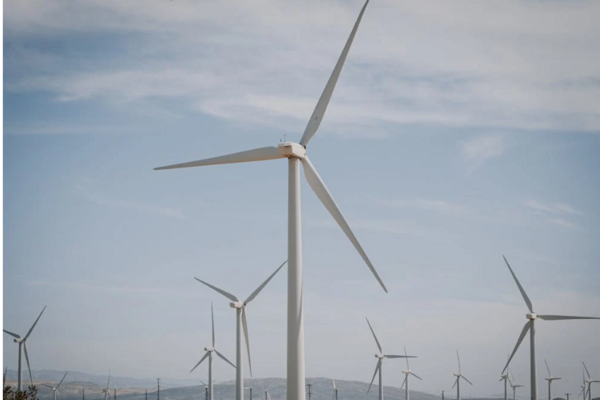Mitsubishi Corporation is reassessing its plans for three offshore wind power projects in Japan, totaling 1,742 megawatts of capacity. The company cited economic factors such as inflation, a declining yen, supply chain disruptions, and rising interest rates as reasons for the review. Additional challenges from the Ukraine crisis and the pandemic have also impacted the offshore wind industry, leading Mitsubishi to reconsider its approach.
The projects under review include the 494-megawatt Noshiro Mitane Oga and the 845-megawatt Yurihonjo offshore wind projects, both planned off the coast of Akita Prefecture. The third project, the 403-megawatt Choshi offshore wind farm, is set to be developed in the waters of Chiba Prefecture. Mitsubishi is leading these projects through its subsidiary, Mitsubishi Corporation Offshore Wind Ltd. The company stated that it is reviewing the business plans and will determine the next steps after completing the evaluation.
Japan has been expanding its renewable energy sector with multiple projects in development. Mitsubishi is also involved in other renewable energy initiatives. The Soma Futaba Offshore Wind Project in Fukushima Prefecture, with a planned capacity of 530 megawatts, is undergoing feasibility studies. Mitsubishi is working on the Nagasaki Hydrogen Hub, which aims to use offshore wind power for hydrogen production. The company has also partnered with local governments to develop the Setouchi Floating Solar Project, designed to generate 12 megawatts of electricity using floating solar panels on reservoirs.
Other renewable energy projects in Japan are progressing. The Hokkaido Ishikari Offshore Wind Farm is under construction, with a planned capacity of 112 megawatts. The Tokyo Bay Floating Solar Project is being developed to generate 13 megawatts of power.

